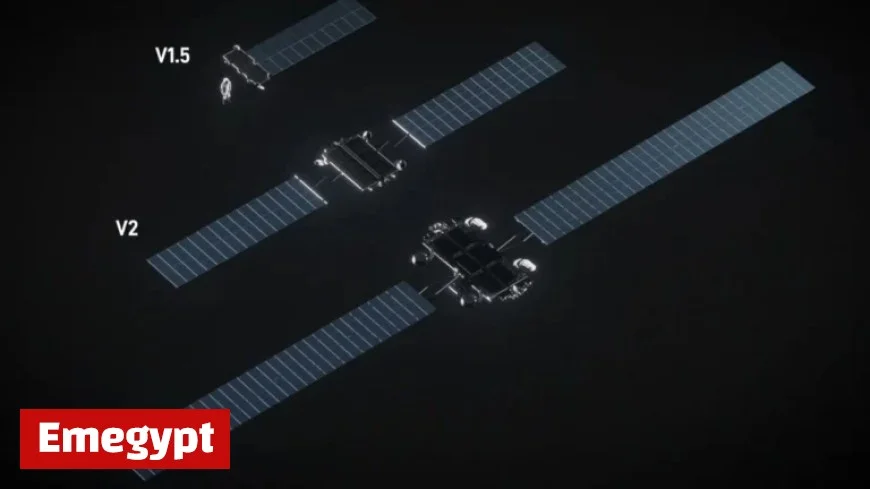SpaceX to Launch Data Centers in Orbit, Says Elon Musk

Interest is rapidly growing in the potential for data centers in orbit, as highlighted by prominent figures in the tech industry. Caleb Henry, director of research at Quilty Space, emphasized the significance of investment from major players, which could lead to transformative changes in space operations.
Understanding the Role of Data Centers in Space
Data centers serve critical functions by storing, processing, and transmitting information. In the past, satellites have played a substantial role in these areas. Telecommunications satellites are specifically designed for data transmission, while imaging satellites gather and release data when they pass ground stations.
The Evolution of Space-Based Data Processing
In recent years, onboard computers have advanced significantly in their data processing capabilities. The introduction of data centers in space signifies the next stage of evolution in this domain. However, challenges remain, as creating large satellites with extensive solar panels will be necessary to compete with ground-based infrastructure.
SpaceX’s Innovations with Starlink V3 Satellites
SpaceX’s Starlink V3 satellites are set to revolutionize space technology. The current Starlink V2 mini satellites have a maximum downlink capacity of approximately 100 Gbps. In contrast, the upcoming V3 satellites are expected to boost this capacity tenfold, reaching an incredible 1 Tbps.
Comparative Analysis with Industry Standards
This leap in satellite capacity is remarkable, although not without precedent. For instance, Viasat invested hundreds of millions into developing the Viasat-3 satellite, which has a similar capacity of 1 Tbps. This satellite is scheduled for launch next week aboard an Atlas V rocket.
Launch Plans for Starlink V3
SpaceX aims to launch around 60 Starlink V3 satellites with each Starship rocket. These launches could commence as early as the first half of 2026, following successful tests of the satellite dispenser on the Starship vehicle.
Future Expectations for Satellite Scaling
While the specifics of scaling up Starlink V3 satellites remain uncertain, the expectations are high. The initial operational Starlink satellites, launched six years ago, had a mass of approximately 300 kg and delivered a capacity of 15 Gbps. The new V3 satellites are projected to weigh around 1,500 kg.
Conclusion
The anticipated advancements in satellite technology, particularly through SpaceX’s Starlink V3, could reshape data processing in orbit. As investments grow and technology evolves, the future of space-based data centers looks increasingly promising.































